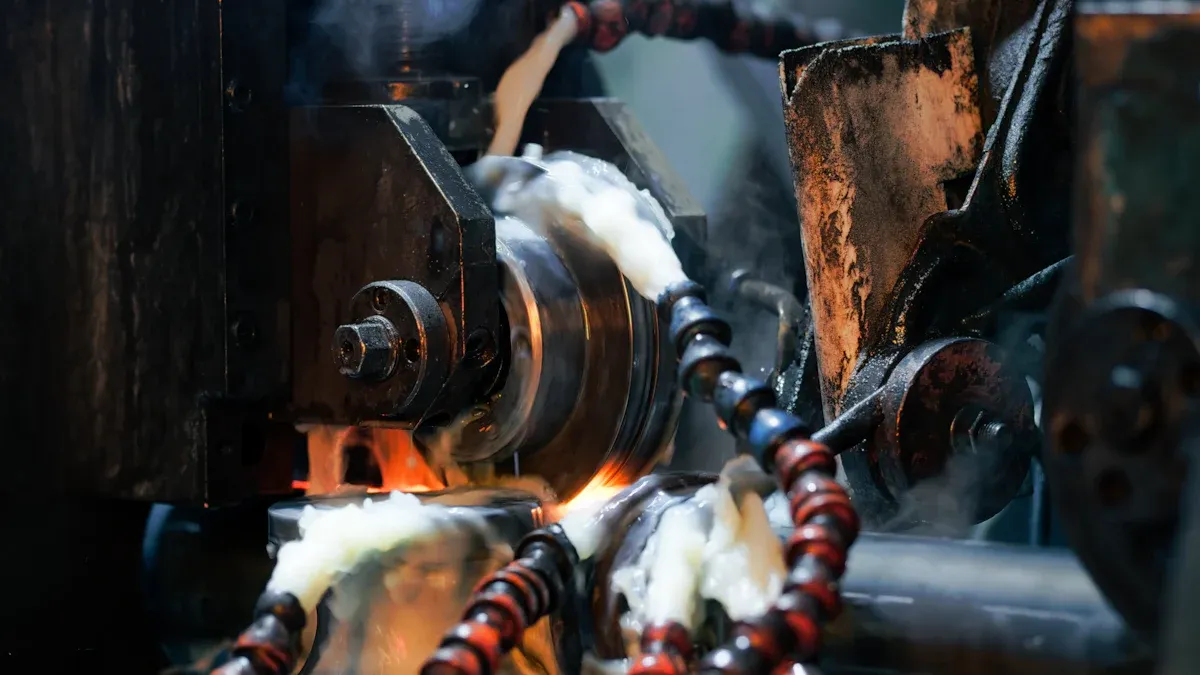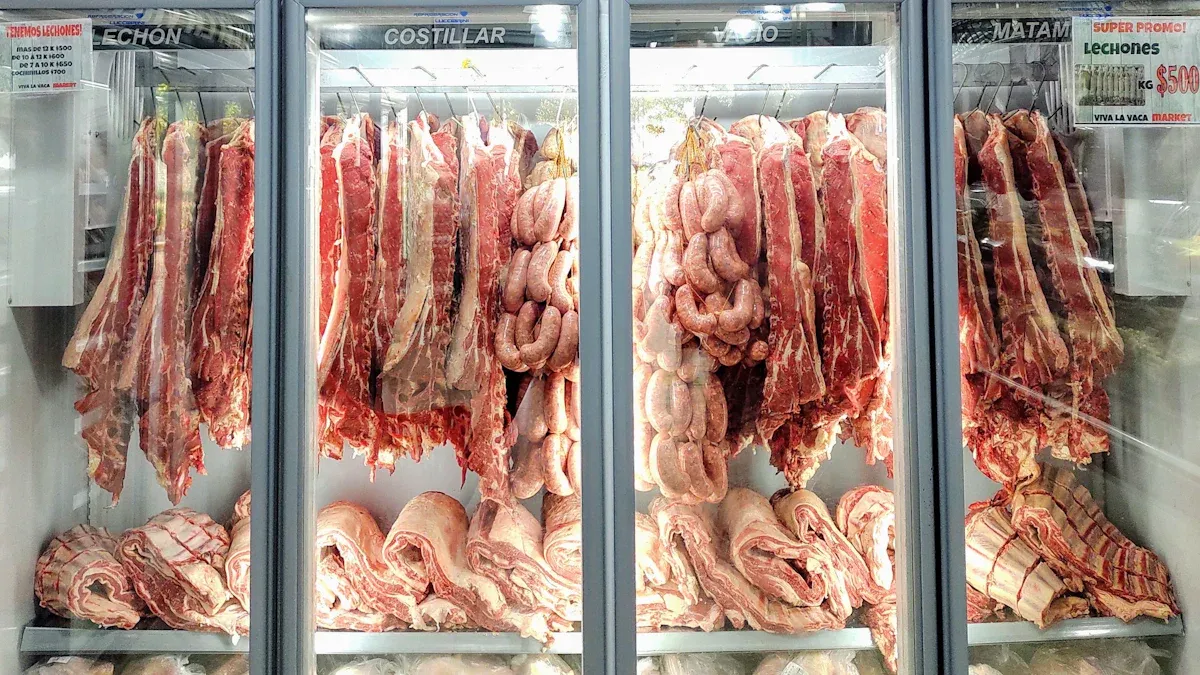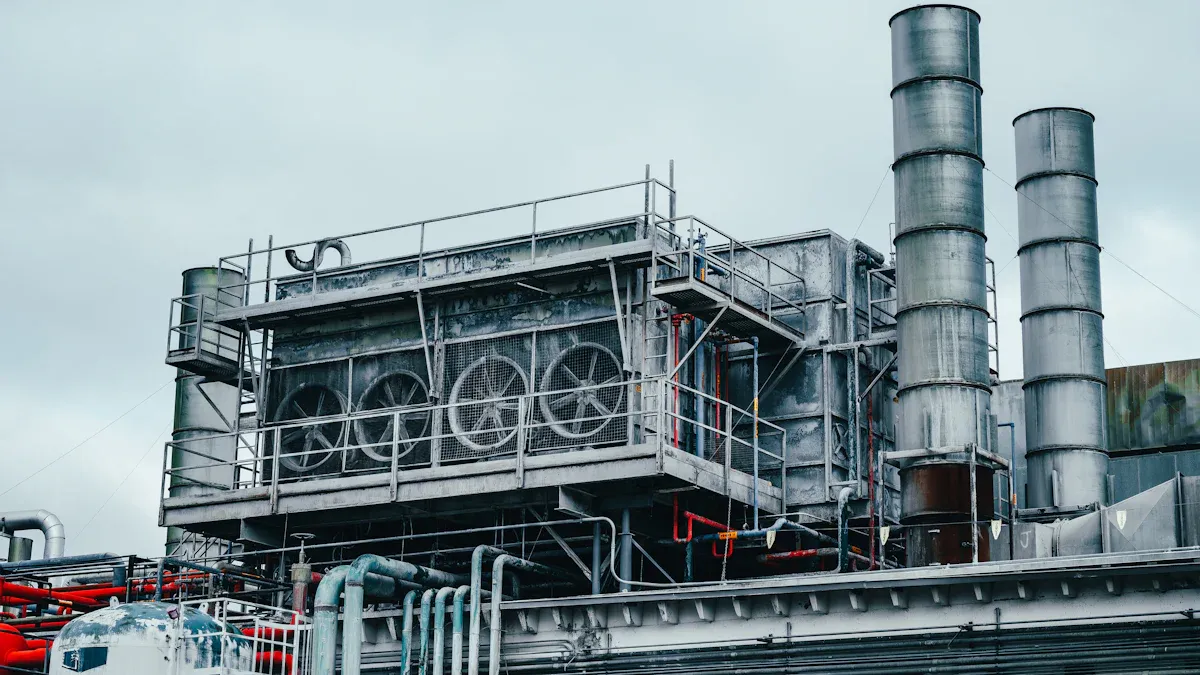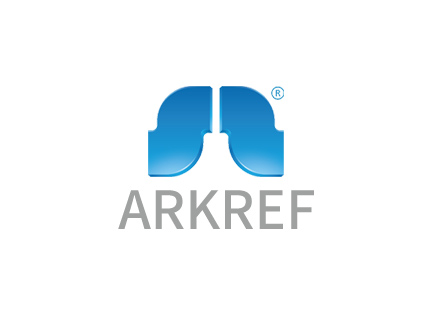What is a low temperature chiller used for?

A low temperature chiller cools things to very low temperatures. It works between -40°F and 0°F, much colder than regular refrigerators. These chillers are important for chemical factories, food storage, and medical labs.
Here’s why they matter:
Studies show these chillers help keep cooling accurate for many uses.
Research shows new trends and chances for growth, proving their importance today.
Different regions and customer needs show how companies can plan better to meet cooling needs.
Using advanced cooling systems, these chillers keep work smooth and dependable, even at very cold temperatures.
Key Takeaways
Low temperature chillers work between -40°F and 0°F. They are important for industries like chemicals, food, and medicine.
These chillers keep temperatures steady, helping with safety and quality. They are used in chemical reactions and storing medicine.
They save energy by using new technology to use less power. This helps lower electricity costs.
These chillers are strong and dependable. They can handle tough conditions and need fewer repairs.
Taking care of them, like cleaning filters, keeps them working well. This also makes them last longer.
Understanding Low Temperature Chillers
What Are Low Temperature Chillers?
A low temperature chiller is a special machine that cools things to very low temperatures, usually between -40°F and 0°F. It is different from regular refrigerators because it is made for jobs that need exact and steady cooling below freezing. These chillers are used in places like medicine labs, food factories, and chemical plants where keeping the right temperature is very important for safety and quality.
These machines work by taking heat away from a liquid or process and moving it somewhere else. This helps keep the temperature low and steady. They are very important for systems that need stable cooling without any changes. Whether you are working in a lab or running a factory, a low temperature chiller helps everything work well and without problems.
Main Features of Low Temperature Chillers
Low temperature chillers have advanced features that make them better than other chillers. These features improve how they work, last longer, and save energy, making them perfect for tough jobs.
High Cooling Efficiency: New technology helps these chillers cool very well. For example, CHESS TFTEC systems can cool up to ~69 K with no heat load, showing they can handle very cold conditions.
Precise Temperature Control: These chillers have smart systems to keep exact temperatures. This is very important for things like chemical reactions or storing medicine, where even small changes in temperature can cause problems.
Durable Components: These chillers are made with strong materials to handle tough conditions. This makes them reliable for a long time, even in hard-working environments.
Energy Efficiency: Many chillers are built to use less energy but still work great. For instance, a 77-couple TFTEC module improved energy use by 70% compared to older technology.
Versatility: These chillers can be changed to fit different needs, from small labs to big factories. This flexibility makes them useful in many industries.
Key Findings | Details |
|---|---|
System-level ZT Improvement | A 77-couple TFTEC module improved energy use by 70% over older technology. |
Heat Pumping Efficiency | CHESS TFTEC systems improve heat pumping with better temperature control. |
Cooling Performance | CHESS TFTECs cooled to ~69 K with no heat load. |
Harman ZT Measurement | A 4 × 4 TFTEC module showed better ZT with low power use. |
These features make low temperature chillers a great choice for industries needing steady and exact cooling. Whether you need to protect delicate items or improve factory work, these chillers give excellent results.
How Low Temperature Chillers Work

Cooling Cycle and Components
To understand chillers, you need to know their cooling process. The refrigeration cycle helps chillers remove heat and keep things cold. It has four main steps: compression, condensation, expansion, and evaporation.
Compression: The compressor starts the process. It increases the refrigerant's pressure, making it hot for the next step.
Condensation: The hot refrigerant moves to the condenser. Here, it cools down and becomes a liquid by releasing heat.
Expansion: The liquid refrigerant goes through an expansion valve. This lowers its pressure, making it cold and ready to absorb heat.
Evaporation: The refrigerant enters the evaporator. It absorbs heat, turns back into gas, and the cycle repeats.
The chiller's main parts are the compressor, condenser, expansion valve, and evaporator. Each part is important for cooling. The compressor powers the cycle, while the evaporator provides the cooling effect. Together, they keep temperatures low and steady.
Temperature Control Mechanisms
Keeping the right temperature is very important for chillers. This is especially true in medicine and chemical industries. Low temperature chillers use smart systems to control temperatures accurately. Sensors and controllers work together to keep things stable.
Sensors: These measure the refrigerant's temperature and the system being cooled. They send this data to the controller.
Controllers: The controller uses the sensor data. If the temperature changes, it adjusts the compressor or valve to fix it.
Feedback Loops: Feedback loops help monitor and adjust the system nonstop. This prevents temperature changes and keeps cooling steady.
These systems make sure temperatures stay exact, even in tough conditions. Whether you're storing medical items or helping chemical processes, chillers ensure everything stays reliable and efficient.
Applications of Low Temperature Chillers

Industrial Applications
Low temperature chillers are important in many industries. They are especially helpful in chemical factories where exact cooling is needed. These chillers keep temperatures steady during chemical reactions. This helps make sure the process is safe and works well. For example, making polymers or medicines needs stable temperatures. Even small changes can cause problems or unsafe products.
This research looks at how NH₃/H₂O absorption chillers work. It studies key things like heat transfer, liquid-vapor mixing, and flow patterns. These factors are crucial for better chiller design and efficiency in chemical cooling.
Other industries like plastics and food also use these chillers. In plastics, they cool molds and materials to avoid defects. In food processing, they keep food fresh by staying cold during production. These chillers are also part of HVAC systems, cooling big industrial buildings.
Medical and Laboratory Applications
In medicine, low temperature chillers are very useful. Hospitals and labs use them to store vaccines, blood, and tissue samples. These items need exact temperatures to stay safe and effective. For example, vaccines must be kept cold to avoid spoiling.
Labs also need chillers for research and testing. They cool tools like electron microscopes and lasers, which get very hot. Without cooling, these tools could break. Chillers also help freeze biological samples for long-term storage in cryogenic systems.
Whether in factories or hospitals, these chillers keep things running smoothly. They protect materials and ensure processes work well by keeping temperatures steady.
Advantages of Low Temperature Chillers
Energy Efficiency
Low temperature chillers save energy while providing strong cooling. They use advanced systems to make the cooling process efficient. Modern compressors and heat exchangers help reduce wasted energy. By using less power, they cut costs and are better for the environment.
For instance, many chillers have variable-speed compressors. These change speed based on how much cooling is needed. This avoids wasting energy during operation. Also, better insulation stops heat from escaping, keeping the system efficient. This makes low temperature chillers a smart choice for industries wanting to save energy and still perform well.
Reliability and Durability
Low temperature chillers are built to last a long time. They are made with strong materials to handle tough conditions. Their sturdy design ensures they work well in places like labs or factories.
The cooling process is designed to avoid damage over time. Parts like compressors and condensers are made for long use, so repairs are less frequent. Regular care keeps them working reliably. These chillers keep temperatures steady, protecting important items and processes.
Tip: Check your chiller often to keep it working longer and efficiently.
Low-temperature chillers are very important in industries needing exact cooling. These machines keep conditions steady during cooling, ensuring safety and efficiency. They use advanced technology for jobs like making chemicals or storing medicine. By using these chillers, you get a dependable way to handle very cold temperatures. Whether protecting delicate items or improving factory work, these systems provide great performance and reliability.
FAQ
What industries use low temperature chillers the most?
Low temperature chillers are vital for chemical plants, food factories, and hospitals. They are used in labs and production areas to keep things cool. These chillers ensure safety, quality, and smooth operations by providing steady cooling.
How do low temperature chillers save power?
Modern chillers have smart compressors and good insulation to save energy. Variable-speed compressors adjust cooling to match needs, avoiding wasted power. This design helps lower electricity bills while keeping performance strong.
Can low temperature chillers work in tough conditions?
Yes, they can! These chillers are built with strong materials to last. They work well in busy factories or advanced labs without needing frequent repairs. Their design ensures reliable cooling even in challenging environments.
Are low temperature chillers adjustable?
Yes, they are! Many chillers can be customized to fit your needs. You can pick the size, cooling power, and features that suit your work. This makes them a great choice for different industries and tasks.
How often should you check a low temperature chiller?
You should check your chiller every few months to keep it working well. Clean the filters, look at the parts, and watch how it performs. Regular care prevents problems and helps the chiller last longer.
Tip: Get a professional to service your chiller once a year for the best results.
See Also
Maximizing Efficiency in Your Walk-In Chiller System
A Comprehensive Guide to Water Chiller Unit Functionality
Choosing Between Cold Rooms and Freezer Rooms Effectively
Comparing Container Cold Rooms and Conventional Cold Storage
Enhancing Performance of Chillers and Compressors in ARKREF Units

